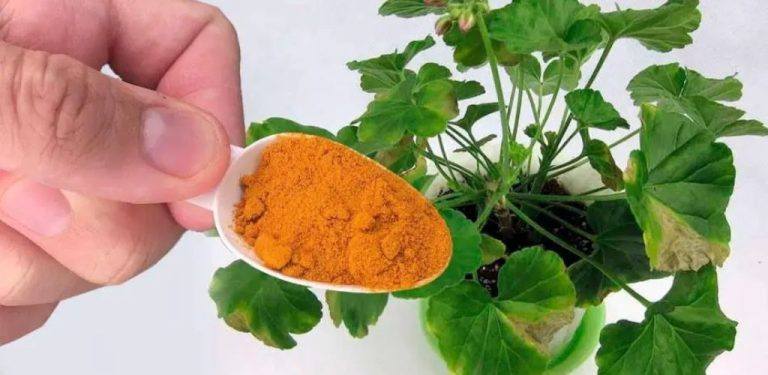ADVERTISEMENT
### Why Does It Work?
Magnesium is an essential nutrient for plants. It helps with several key processes:
– **Photosynthesis**: Magnesium is a central component of chlorophyll, the molecule that allows plants to capture sunlight and turn it into energy.
– **Stronger Roots**: Magnesium promotes the development of healthy roots, which means your plant can better absorb water and nutrients.
– **Improved Flowering**: By promoting overall plant health and energy production, magnesium helps your plants focus on producing flowers instead of just focusing on survival.
### Benefits of Epsom Salt for Plants
Aside from encouraging more blooms, Epsom salt offers several benefits for your plants:
– **Enhances Nutrient Uptake**: Magnesium helps plants absorb nutrients like nitrogen, phosphorus, and sulfur, which are essential for growth and flowering.
– **Prevents Yellowing Leaves**: If your plant has yellowing leaves, it might be a sign of magnesium deficiency. Using Epsom salt can help restore the rich green color and overall health of the leaves.
– **Faster Growth**: Magnesium encourages faster, stronger growth, which is especially beneficial for houseplants that are growing slowly.
### What Plants Can Benefit from This Trick?
While this method works wonders for flowering plants, many houseplants can benefit from a little Epsom salt boost. Some of the best plants to try this trick on include:
– **Roses**: Epsom salt helps roses produce larger, more vibrant blooms.
– **Geraniums**: These colorful flowers thrive when they receive magnesium, which promotes better flowering and healthier foliage.
– **Petunias**: Epsom salt encourages petunias to flower profusely, with more intense colors.
– **Hibiscus**: Magnesium supports the lush, tropical growth of hibiscus plants, leading to stunning blossoms.
– **Tomatoes and Peppers**: For indoor vegetable gardening, magnesium helps produce stronger fruit and foliage.
### Is It Safe for All Plants?
Epsom salt is safe for most plants when used in moderation. However, it’s always a good idea to test the method on one plant before applying it to all your houseplants. Overuse of Epsom salt can cause an imbalance in your plant’s nutrient levels. Be mindful not to exceed the recommended amount—just a teaspoon is usually enough for each plant.
Additionally, while Epsom salt works wonders on many plants, it’s not a substitute for other essential nutrients. It’s best to use it as part of a balanced plant care routine, complementing proper watering, adequate sunlight, and good-quality soil.
### Conclusion
If you’re looking for a simple, low-cost way to give your house flowers a boost, try placing a teaspoon of Epsom salt under their roots. This easy trick will provide your plants with the magnesium they need to thrive, encouraging healthier growth and more abundant blooms. Best of all, it’s an affordable and natural method that doesn’t require any fancy fertilizers or chemicals—just a small investment in Epsom salt (around 60 cents for a box) and a little patience.
Your houseplants will thank you with vibrant, beautiful flowers, and you’ll feel a sense of pride knowing you’ve nurtured your plants in a natural and cost-effective way. Try this tip today, and watch your flowers bloom like never before!
